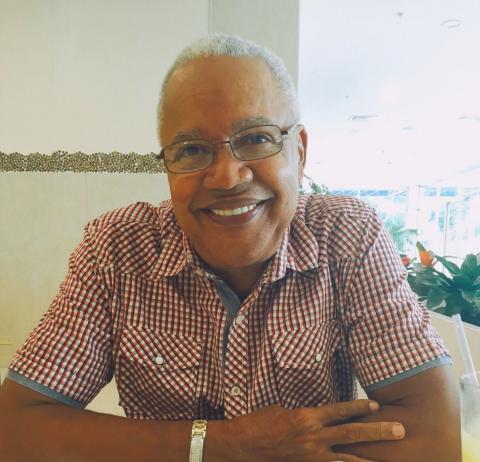
There is no doubt that the best way to reduce overall healthcare costs is to invest heavily in preventive care. We do seem to understand this, evident in the Government’s ongoing approach of fostering increased physical activity, educating the population about how to prevent and maintain treatment of chronic diseases, and investment made in improving nutrition policies, especially at the early childhood and primary levels.
As a society, though, we have not yet fully grasped the power that we have to control the direction of our health and may not have all the tools to achieve it, and so action is limited.
The Jamaica Health and Lifestyle Survey (JHLS) 2016-2017 results support this view.
The document indicated that “Although participants demonstrated awareness of appropriate health behaviours, they noted that their awareness did not always translate into healthy choices and behaviours.”
We tend to focus our behaviour change and communication efforts on providing information more so than the practical means of achieving the stated goals. If people are empowered, no doubt behaviour change would be positively affected. As the JHLS added, “Participants were affected by stress, financial constraints and inaccessibility of healthy options, and they believed that this, in turn, reduced their capacity for healthy behaviours.”
I note that these results are within the ambit of a policy of no user fees for nearly 10 years at the time of the survey.
THE DENGUE SITUATION
If we take the dengue situation, for example, for decades, we have known that dengue fever has been endemic to Jamaica, we know that mosquitoes cause dengue fever, yet we continue to breed them in our homes.
Apart from those who just do not seem to believe in self-help, there are others whose situation do not allow them to fully eliminate these critters, be it that they may not have running water and so depend on drums or that they live near a gully with stagnant water.
While these persons may be willing, they may need a little more help. For example, a mesh covering for drums or ‘ticky-ticky’ fish for the water in the gully. Once these resources are provided, their situation would likely change completely and positively.
True and lasting behaviour change can never be achieved if persons do not have the tools to turn the theory into the practice. The same could be said where taking care of one’s health is concerned. The tools need to be available for people, even in the remotest of areas, to be able to access care.
This is where ‘digital preventive healthcare’ comes into play. This is simply the use of digital technology to reduce the impact of and prevent disease and illness.
A GOOD START
Several strategies can be employed to achieve this among the population. The Government’s e-care programme, which was launched last year as a pilot, is a good start to achieving this, as it seeks to increase basic access. This would be best complemented by other digital solutions that seek to streamline and increase the efficiency of healthcare. The most important would be to fully digitise healthcare facilities to include electronic medical records for improved record-keeping and tracking.
A physician in this way can be better able to track patients’ progress, help them to keep up with appointments, follow up interventions, and pave the way for the use of other integrated solutions, including remote care devices.
In addition to this, easy access to medical personnel is important. This is where telemedicine could be utilised. Largely because of the topography, economics and population density in some areas of the island, we have several underserved communities that could benefit from an infusion of health technology.
When persons are able to access doctors without having to travel far and wait for an extended period, this could remove at least one reason for not visiting a doctor more frequently – financial constraints. We underestimate the fact that many persons, despite having free access to care, are simply unable to find the money for food and transportation and the time to wait indefinitely at a health facility.
Technology is one of the practical tools we can give the population so that they can make better and more consistent decisions about improving their health.
- Doug Halsall is chairman and CEO of Advanced Integrated Systems. Email columns@gleanerjm.com and doug.halsall@gmail.com.
http://jamaica-gleaner.com/article/news/20190602/health-tech-encouraging-culture-prevention
Published: Sunday | June 2, 2019 | 12:13 AM Doug Halsall

